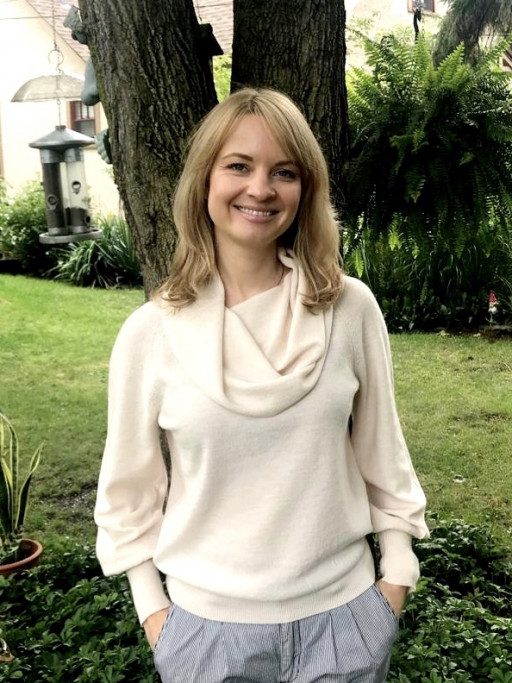«Reversibility in specificational copular sentences and pseudoclefts: Evidence from Wolof» par Martina Martinović
*** Veuillez noter que le passeport vaccinal (ou preuve comparable) est obligatoire pour y assister. ***
Nous vous invitons à la cinquième conférence linguistique de l'automne. Martina Martinović, professeure adjointe à l'Université McGill, donnera une communication le mercredi 24 novembre 2021 de 12 h 45 à 13 h 45 au Pavillon De-Sève, à la salle DS-3470.
Titre : Reversibility in specificational copular sentences and pseudoclefts: Evidence from Wolof
Conférencière : Martina Martinović, Université McGill
Résumé :
Specificational sentences have long been attracting the attention of researchers, due to their syntactic, semantic and pragmatic characteristics. In this talk I address one property that is claimed to be the hallmark of both specificational copular sentences ("His most important quality is his honesty") and specificational pseudoclefts ("What is most important about him is his honesty") – the surface reversibility of their two constituents around the copula. In the literature, this reversibility is not taken to necessarily indicate syntactic identity between this type of copular sentences and pseudoclefts. Specifically, while the raising of an underlying predicate to the structural subject position is nowadays the standard analysis of specificational copular sentences (e.g. Moro 1997, Mikkelsen 2005, den Dikken 2006), den Dikken et al. (2000) argue that pseudoclefts with the two constituent orders (wh-clause > NP vs. NP > wh-clause) are not derivationally related.
In Wolof (Niger-Congo) copular sentences, one constituent always A’-moves to Spec,CP, to the specifier of a complementizer that exhibits a subject/non-subject asymmetry. The other constituent is topicalized. The top-heaviness of copular sentences and the morphosyntactic properties of A’-movement in this language provide a window into the syntax of specificational sentences, especially with respect to reversibility. I argue that Wolof pseudoclefts do exhibit syntactic reversibility, in that either the NP or the wh-clause can raise to the structural subject position, contra den Dikken et al. (2000). Specificational copular sentences, on the other hand, do not show the same kind of reversibility. While I do not directly argue against a predicate inversion analysis for specificational copular sentences, I show that a non-inversion analysis can explain an otherwise puzzling pattern in this sentence type.

Date / heure
Lieu
Montréal (QC)
Renseignements
- Richard Compton
- compton.richard@uqam.ca
